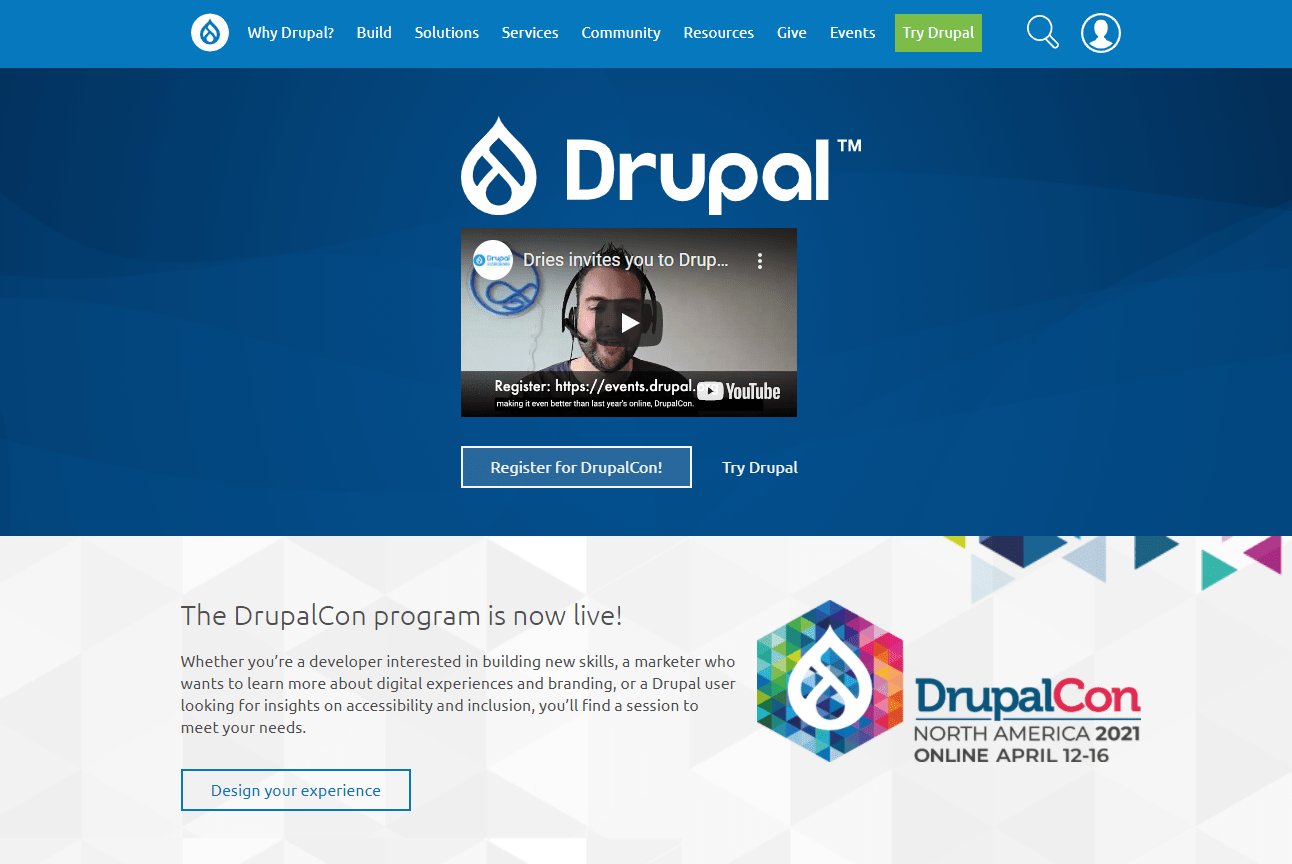
.jpg)
Drupal content upgrade#
Con: Any upgrade between major versions is effectively a complete replatforming.
Drupal content code#
Legacy code can be removed, and contributor time is preserved for new features rather focused on compatibility. Pro: The project can adopt the latest technical standards and innovations, rewriting the technology with all the lessons learned from years of experience with the prior version.Projects can choose to focus on the latest architectural innovations and best practices, at the expense of total incompatibility between major versions.Con:Maintaining backwards compatibility at this extreme can lead to a lot of codebase cruft, result in a confusing array of APIs that perform the same function, and prevent adoption of new best practices or technologies.For more advanced users or engineering teams managing larger scale deployments, this ethos can make the task of staying up to date less daunting.

Pro:This extreme focus on backwards compatibility is very friendly to beginner users.
Drupal content update#
Wordpress for example, "strives to never break backwards compatibility" with the goal that it is " very easy for users to be able to update without worrying."
Drupal content software#
There have been two schools of thought about managing large-scale software projects across many years of development and new major versions: Let's look at how the Drupal project has addressed the concerns of these beginner and intermediate users, and then look at the fundamental features that make the learning curve worthwhile to users at the expert level.Įven if this exploration doesn't convince you to use Drupal for your next web development project, the lessons in managing a mature open source project should be valuable to contributors in any open source community.

Graphic used with permission from Drupal founder Dries Buytaert. It's telling that only the expert level users have a positive impression of the clarity of using Drupal and would generally recommend it to others. A sentiment survey of Drupal and other open source and proprietary CMSs found that Drupal's most negative sentiment comes from beginning users, but that sentiment becomes increasingly positive with users' expertise on the platform. We could try to shrug this off as simply a result of how widely used Drupal is, but we have better data than that. The elePHPant in the roomĪs I write this post, I'm cognizant that Drupal has the infamous distinction of having earned the place of second Most Dreaded Web Framework in Stack Overflow's 2020 developer survey, and PHP, the underlying language it is written in, is sixth on the Most Dreaded language list.Ĭertainly that's not a badge that any open source community would wear with pride-so what is it about Drupal 9 that makes it worth a second look? But if that's the image in your head when you think about Drupal, it's time to take another look. For many developers, 'CMS' conjures specters of the late 2000s-a decade in which Internet Explorer still held 65% of browser market share, the HTML5 specification had not yet been proposed, Git was just establishing dominance in the VCS space, and jQuery was the JavaScript library de rigeur. This post is written by Tim Lehnen, the Chief Technology Officer of the Drupal Association (501c3), the non-profit organization dedicated to accelerating the Drupal software project, fostering the community, and supporting its growth.ĭrupal 9 has just been released, and the open source CMS is approaching its 20th year. note: Sometimes we feature guest authors whose industry experience can help illuminate what it's like to be developer today.


 0 kommentar(er)
0 kommentar(er)
